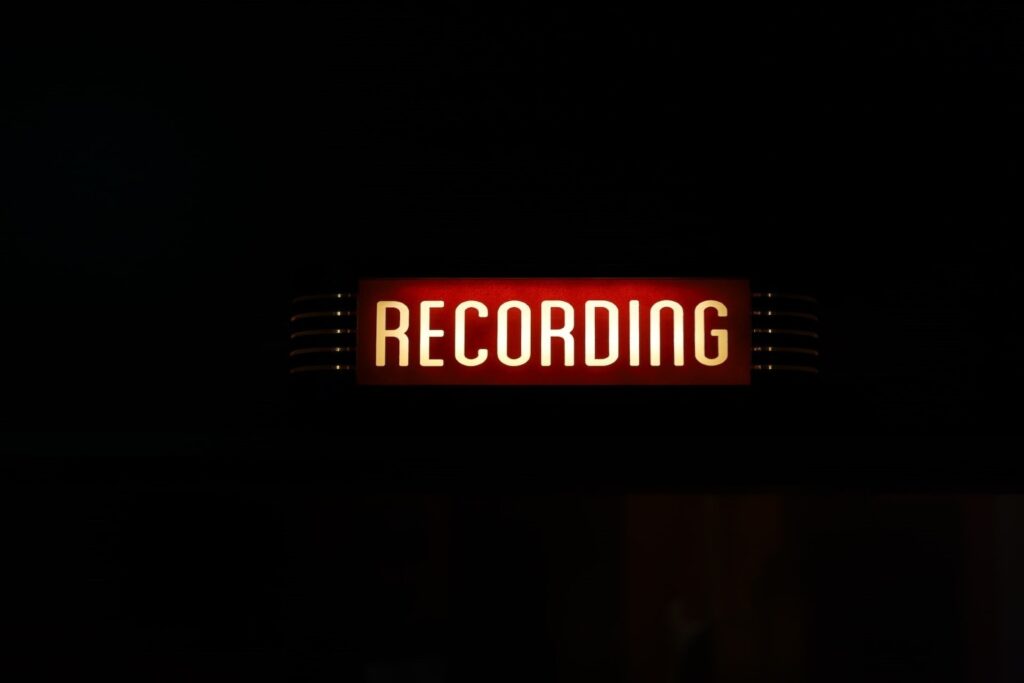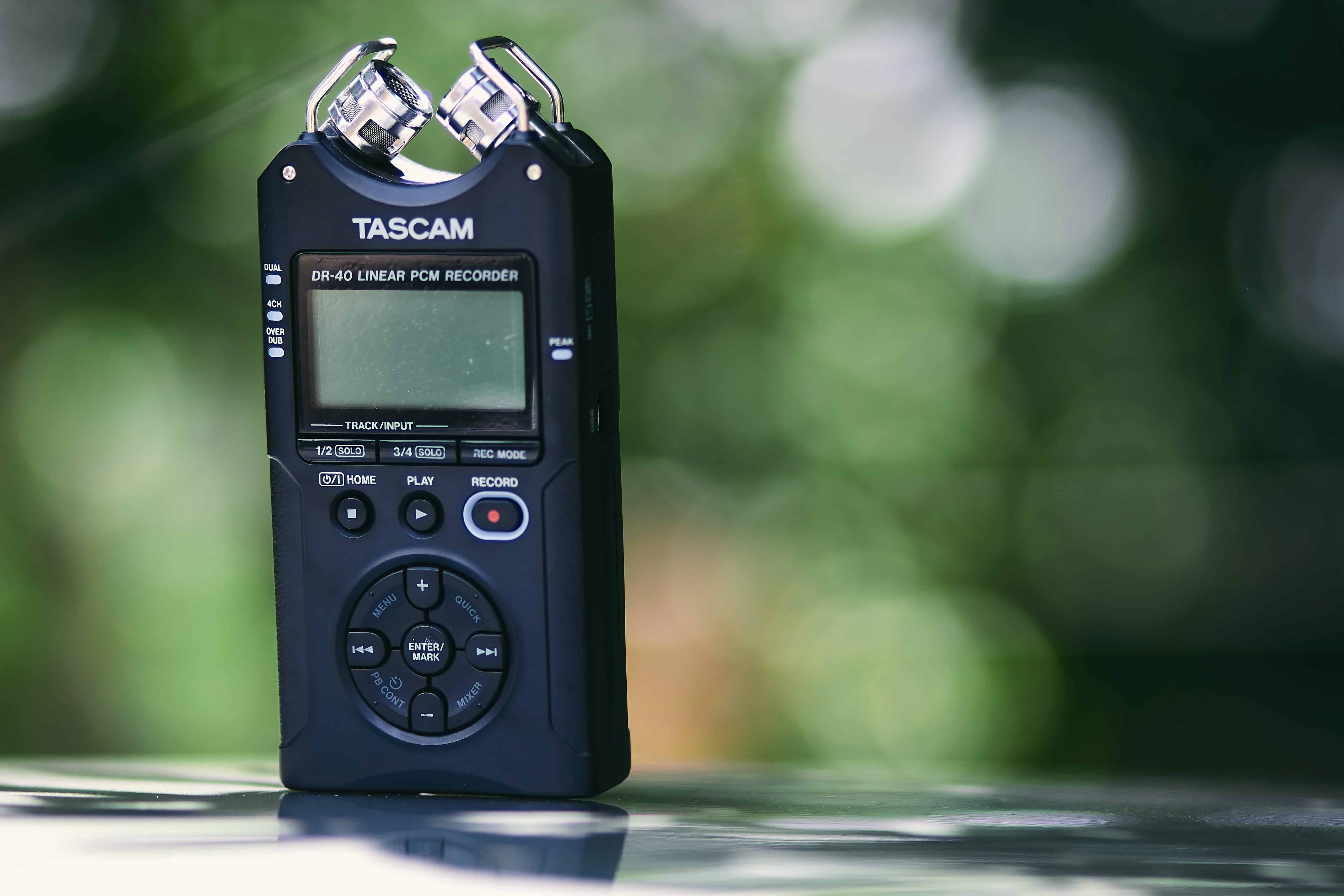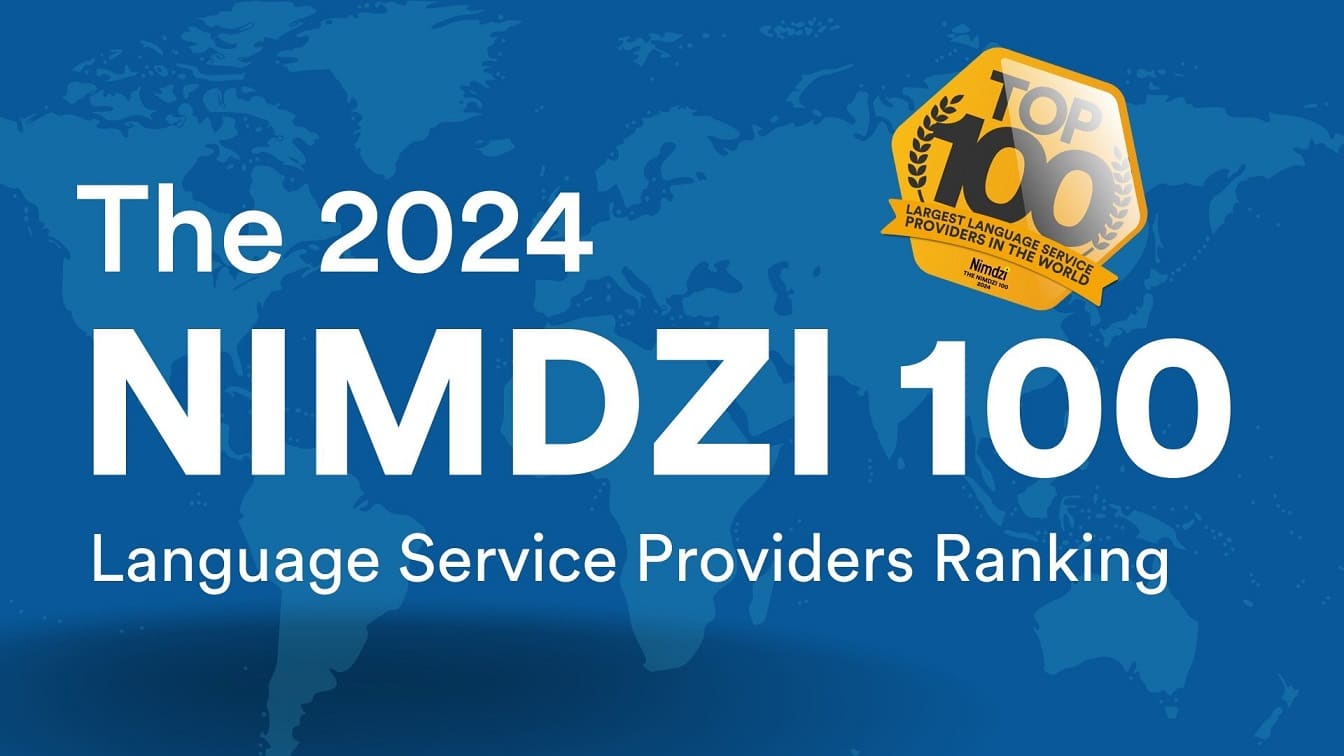Transcription is a valuable record-keeping tool for communications that take place both in-person and online. Transcripts of video and audio recordings also frequently serve as a way to offer access to individuals who are Deaf or hard of hearing. Because providing transcripts can help to boost engagement and improve the accessibility of recorded content, it’s important to understand the means of producing these written records.
One way to transcribe transcripts is by manually typing out recorded audio. This work can be a tedious, time-consuming process. Depending on skill levels and the methods a transcriber chooses to approach their work, producing transcripts can also be extremely inefficient.
When it comes to scaling up an organization’s accessibility initiatives, it’s important to use transcription methods that maximize accuracy while boosting efficiency. Luckily, a number of transcription machines, platforms and devices exist to help make the transcription process more convenient and less labor-intensive. Let’s dive into the machines, methods and technologies that professional transcriptionists can use to streamline their work.
What is a Transcription Machine?
Simply put, a transcription machine is a machine that converts spoken audio to written text. Some industries use a type of transcribing machine called a Dictaphone to make quick voice notes they can convert to text. These devices are essentially audio recorders. Dictaphones aren’t all that different from the voice recording feature you may find on modern smartphones. These machines are a great option for professionals in the legal or insurance industries who need to record audio. For instance, Dictaphones make it easy to take periodic voice notes during conversations with clients.

How Does a Transcribing Machine Work?
After using a Dictaphone to record a conversation or memo, transcribers must convert that recording to text. One way to achieve this is by using a Dictaphone in conjunction with automatic speech recognition software. Digital dictation platforms depend on this ASR technology to identify and document spoken language.
ASR uses natural language processing to model and interpret and convert spoken language. The software works to recognize and string together a number of audio snippets known as Phonemes in order to form complete words. ASR technology is increasingly commonplace in homes and places of business. For example, the technology plays a central role in voice-to-text, voice assistants (like Siri and Alexa) and more.
Digital dictation software will take a Dictaphone recording and use ASR to transcribe the audio to text to the best of its ability. However, the transcripts digital dictation software generates often fall short of the accessibility requirements established by guidelines like the Americans with Disabilities Act. Automatic digital transcription equipment certainly has its merits. However, machine transcription alone is simply not capable of delivering the same level of accuracy as professionally-trained human transcribers.

Manual Transcription: How Does it Work?
Rather than relying upon artificial intelligence to develop accurate transcripts, individuals in many industries prefer to work with professional human transcribers. These pros will listen to an audio recording repeatedly and use their trained ear to type out all of the audio components they identify.
Without the proper transcription equipment, manual transcription can be extremely tedious. That’s why it’s important for professional transcribers to invest in high-quality audio transcription equipment that can suit a wide range of projects across multiple mediums and platforms.
What Kinds of Equipment do Transcribers Need?
The best transcription equipment helps to make more expedient work of transcription, regardless of the scope or scale of the project. Here are a few examples of must-have transcribing equipment that can help to streamline the transcription process:
High-Speed Computer
Perhaps the most crucial piece of transcription equipment is a computer that maximizes speed and efficiency. Outdated, older computer models will likely not be able to keep up with the pace required by transcription projects and may cause costly delays throughout multiple points of the transcription process.
Transcription Software
Transcription equipment and software can work in conjunction with one another to expedite the transcription process. This software provides users with a significant degree of playback control. As a result, it makes it easy for a transcriber to stop, start, and rewind a recording as they go.
Foot Pedal
A foot pedal is a great tool for manual transcription because it provides transcribers with a hands-free means of stopping and starting their audio recording. This saves time and allows transcribers to keep their hands on their keyboards at all times.
Transcription Keyboard
Many professional transcribers agree that the best keyboard for transcription is ergonomically designed to reduce the physical strain that may arise after several hours of typing. Ergonomic keyboards are often come with curves and arches that provide for a more natural hand and wrist placement. Using ergonomic keyboards helps reduce tension in the neck and shoulders and safeguard against physical conditions like carpal tunnel syndrome.

Is There a More Efficient Transcription Method?
Even with all of the transcription machines and equipment listed above, manual transcription can be unduly time-consuming. Manual transcription is extremely difficult to perform at scale. Furthermore, professional transcribers tend to be very expensive to hire. These limitations may further curtail a company’s ability to offer widespread transcription services to their employees or clients.
For these reasons, many companies opt for automatic transcription platforms. Unfortunately, these automatic transcripts don’t always achieve accuracy rates that are sufficient for improving accessibility. As a result, it’s advisable for brands looking to expand their transcription offerings to partner with a professional transcription service like Verbit.
Verbit combines the efficiency of artificial intelligence with the accuracy of human transcribers to complete transcription projects in as little as four hours. Verbit’s transcripts achieve accuracy rates as high as 99% and help to support critical accessibility standards and guidelines. Additionally, the user-friendly platform provides a high level of control and transparency throughout the transcription process. Once the transcripts are complete, users can download a ready-to-go file in their choice of format. It’s also possible to select files compatible with major media hosting platforms and social media networks. Verbit also offers a number of seamless software integrations with popular communication platforms in order to provide accurate, real-time transcription of webinars, lectures, Zoom meetings and more.

Verbit: Accessibility Solutions for All
Transcription is a tried-and-true resource for brands looking to improve their messaging, boost accessibility and keep more comprehensive records. Verbit’s platform makes it possible for users to easily scale up their transcription offerings without compromising on speed, accuracy or cost-efficiency.
In addition to transcription, Verbit also offers captioning, translation and audio description services that provide brands with more inclusive, effective communication solutions. Reach out today to learn more about how Verbit’s dual approach to captioning and transcription can help you better serve your clients, employees and community.




